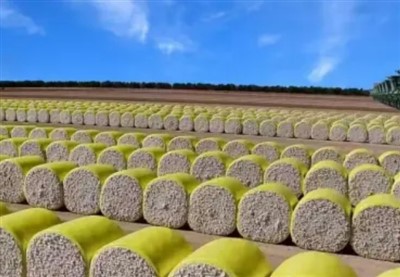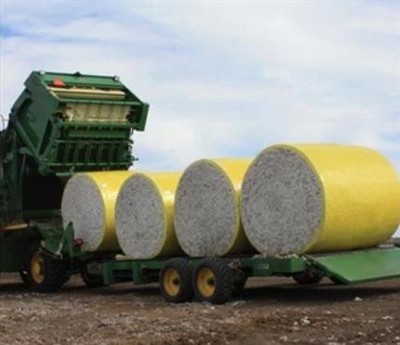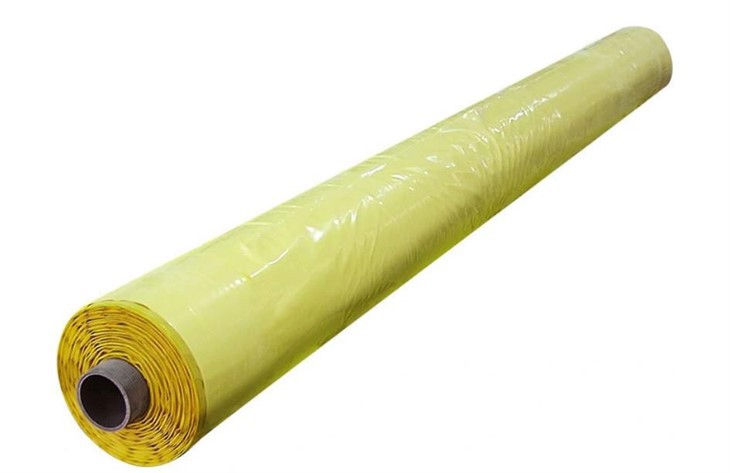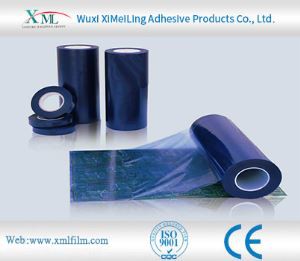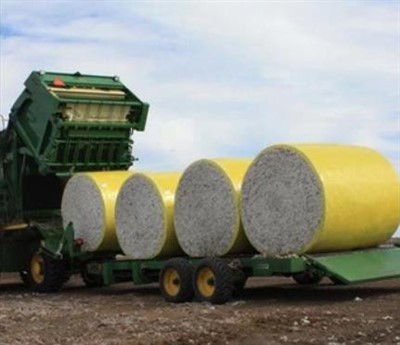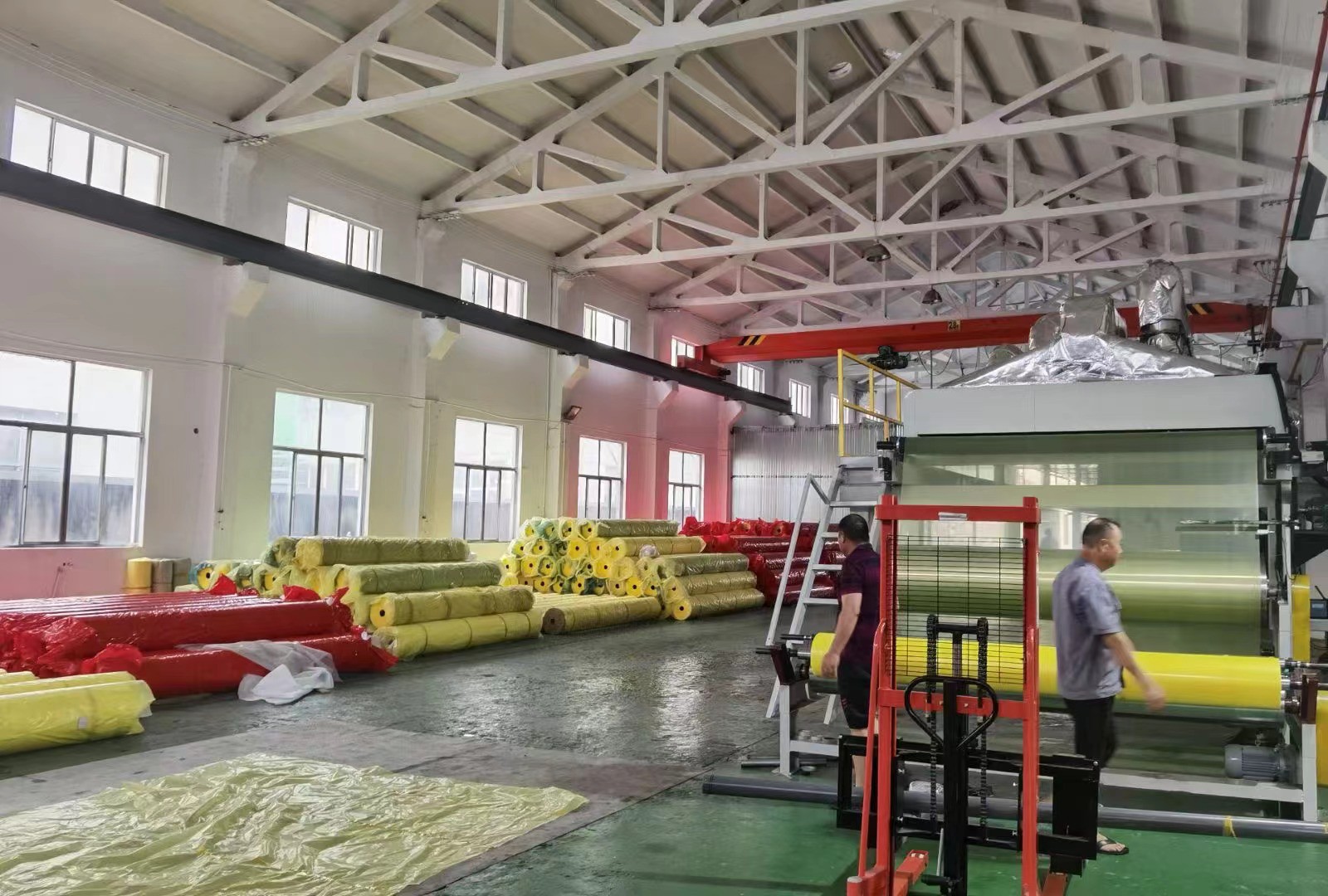Will the production process of aluminum plate protective film affect its performance
2025-07-18
Aluminum Plate Protective Film Production Process
The production process of aluminum plate protective film has a significant impact on its performance. The differences in different process links will be directly reflected in the product's protective effect, usage experience and applicable scenarios.
Substrate Selection & Processing
- Blow Molding Process produces films with better ductility for curved aluminum plates
- Cast Film Process creates higher flatness for flat aluminum plates and reduces bubbles
- Precise mixing of Toughening Agents or Anti-Aging Agents improves tear resistance and weather resistance
- Improper ratios may lead to easy breakage and short service life
Coating & Curing Processes
- Roller Coating provides consistent adhesiveness, preventing residual adhesive or shedding
- Improper Scraper Coating accuracy leads to uneven adhesive thickness, reducing anti-fouling and anti-scratch effects
- UV Curing or Thermal Curing must be balanced - insufficient curing causes adhesive transfer, while excessive curing reduces adhesion
Post-Processing Techniques
- Corona Treatment enhances bonding force and reduces degumming risk
- Antistatic Treatment prevents dust absorption for high-cleanliness applications (e.g., electronic equipment)
- Inaccurate Slitting Process may cause edge burrs, affecting appearance and protective ability
Every step from substrate processing to finished product cutting affects key properties like viscosity, weather resistance, and fit. The quality of process control directly determines the protective effect and scope of application of the product.

